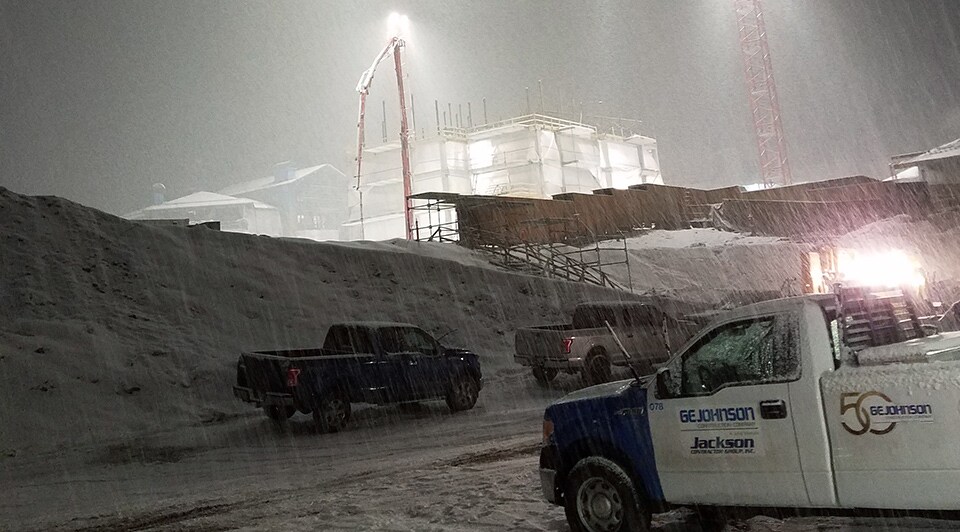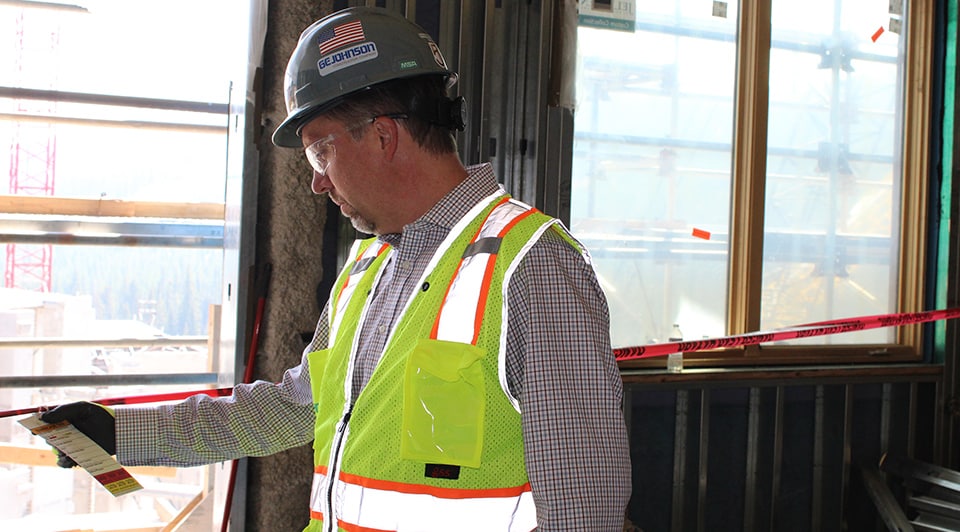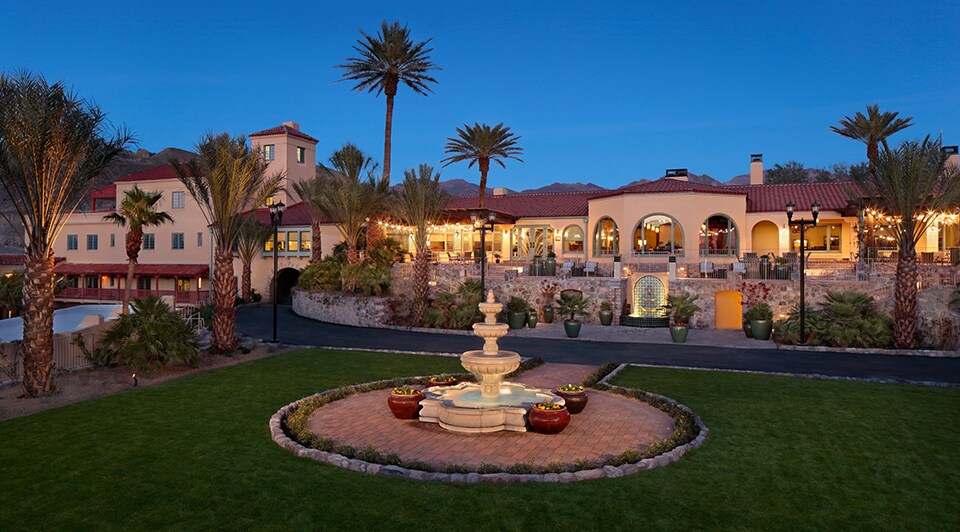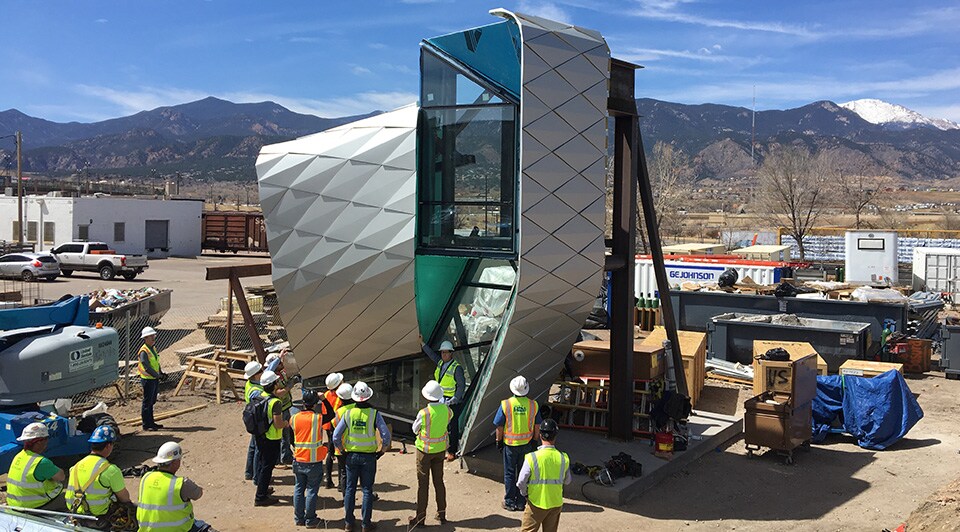Worldwide Sites
You have been detected as being from . Where applicable, you can see country-specific product information, offers, and pricing.
Keyboard ALT + g to toggle grid overlay
Planning, prefabrication, and technology help adapt construction for challenging locations
Construction firm GE Johnson has more than 40 years of experience building in challenging climates that range from snowbound mountain peaks to searing desert moonscapes. At these sites, issues such as weather, logistics, lack of access to materials and equipment, and labor shortages make the construction process more complex and less predictable. Using Revit, Navisworks, and BIM 360, the company plans and replans each job as many times as needed before construction teams ever get on-site. As the effects of climate change impact environments around the globe, GE Johnson’s extreme construction skills offer a model for working in challenging locations, climates, and conditions.
High altitude, high effort
Pikes Peak will take your breath away. The tallest of the Rocky Mountains’ southern Front Range, it rises 14,115 feet above sea level just west of Colorado Springs, Colorado. At that height, everything is magnificent and nothing is easy.
It’s one of the most-visited mountains in the world—a US National Historic Landmark whose summit is reached by more than 600,000 people annually. But Pikes Peak isn’t just a beautiful scenic attraction. It’s also brutal. Alongside spectacular views are thin air, violent storms, and treacherous slopes. In that extreme environment it’s hard to breathe, let alone build.
But that’s what GE Johnson will be doing for the next three years. In June 2018, it broke ground on the 38,000-square-foot Pikes Peak Summit Complex, a $50 million project at the top of the mountain. Scheduled to open in fall 2020, it will include a new facility for the US Army’s High-Altitude Research Laboratory and a Summit Visitor Center that will crown Pikes Peak.

“Everything you do has to be at the next level because you’re in an extreme climate,” says Steve Eikanger, GE Johnson’s director of integrated services. Established in 1967, the Colorado-based firm has been building at high altitudes since 1975, when it built eight schools in rural Rocky Mountain communities. In 1987, the company built its first mountain resort project: a $10.5 million addition to a Westin hotel in Vail, Colorado, constructed during a brutal winter.
With climate change promising to dramatically alter global environments, extreme construction skills may become more valuable than ever for work in unconventional locations, climates, and conditions.
Forecasting success
Perhaps the most obvious obstacle in extreme environments is weather. In the Rocky Mountains, there’s snow. Lots of it.

To cope, design teams must reconsider processes such as waterproofing, Eikanger says. Where a first-story roof meets a second-story wall, for example, a waterproofing membrane may need to extend four feet up on the wall due to the four feet of snow that will sit on the roof for most of the winter. That four feet of snow might also require snowmelt systems for nearby public walkways and steel instead of wood-frame construction to accommodate its weight. He explains of the resort facilities the company has built, “Heavy steel beams, heavy concrete goes into these because of the loads that these climates have on them.”
Builders and architects both make adjustments for extreme conditions. But while architects must pay attention to the minutiae of their designs, builders must pay attention to the minutiae of their schedules. For Pikes Peak, Eikanger says, “there will be days when no one can get to the top of the mountain—it will be physically impossible—and that obviously will slow some things down. But we’ve worked in the mountains for 43 out of our 51 years, so we’ve learned ways to work year-round.”
A favorite strategy is enclosure, according to Eikanger, who recalls building an eight-story Sheraton hotel in Avon, Colorado in the thick of winter. Instead of stopping work for the season, GE Johnson installed a temporary roof on the structure and enclosed it inside a massive tent. “All of the finish work—the windows, the stucco, the stone—went on inside a tempered area that surrounded the entire structure, so we never had to slow down the prefabricated construction schedule,” Eikanger says.

Instead of a tent, the team at Pikes Peak plans to utilize off-site construction. “We will be working on the project year-round; it just may not be at the summit,” Eikanger says. Workers will spend winters prefabricating building components such as rebar cages, roof structures, and the exterior walls that will protect the interior. All modules will be constructed in nearby Colorado Springs, then transported to the jobsite in a special roll-off truck with an optimal length and turn radius ideal for navigating the extreme switchbacks of Pikes Peak’s ascent.
Workforce workarounds
Builders in extreme environments have to consider not only the weather but also the workers, according to GE Johnson communications director Laura Rinker.
“We have to manage how we tend to people working on the project, ensuring that their vital signs are good and that they have shorter work days than at a lower altitude,” Rinker says. On the Pikes Peak project, GE Johnson has partnered with University of Colorado Denver to develop a health and safety monitoring system for workers.
Using student volunteers from the US Air Force Academy in Colorado Springs, researchers measured participants’ vital signs as they performed various occupational tasks at altitude. The result was a physiological baseline for workers. If they show signs of altitude sickness or other distress, an on-site EMT safety specialist or paramedic will intervene.

Similar risks exist at the opposite extreme: In California’s Death Valley, where GE Johnson recently completed a multimillion-dollar renovation of The Oasis at Death Valley, formerly Furnace Creek Resort. Because it’s located 148 feet below sea level, altitude isn’t a problem—but with summer temperatures reaching as high as 125 degrees Fahrenheit, heat is the killer. For their safety, crews worked evenings.
“We had to change the time of day that we do construction because it’s too hot,” Eikanger says. Evening shifts are not only safer, but also more productive. “You can’t do a large concrete slab placement if you let it sit out in the sun. At these temperatures, the surface will dry too fast to finish properly.”
Extreme locations also tend to be remote—places where labor can be as hard to attract as it is to protect. Again, prefabrication can help. In Death Valley, for instance, major building systems are prefabricated in Las Vegas and Fresno, California, where the trades and materials needed are more accessible. “The Oasis at Death Valley is hours from the closest town,” says integrated services manager John Schwarz. In an incident where a broken pipe valve caused jobsite flooding, “it was three hours round-trip to the nearest hardware store to pick up a part. So, preplanning is imperative.”
Technology equals efficiency
To plan efficiently, technology is a critical enabler for extreme environments, according to Eikanger. GE Johnson uses Revit to visualize projects with 3D modeling and Navisworks to schedule and coordinate subcontractors. “We plan and replan, and replan our projects before we’re ever out building them,” he says. “We look at virtual engineering and construction as a chance to build a job as many times as we want before we get on-site.”

Because resources in extreme environments are scarce, efficiency is paramount. “We have to make sure all systems get coordinated before they ever get built out in the field,” says Eikanger, who adds that virtual models allow general contractors to anticipate necessary labor, materials, and logistics.
Once the teams are in the field, technology also helps them communicate and manage quality control more efficiently. Using BIM 360, they create punch lists and QA checklists with photos, assign action items to team members, and send notifications. In the Death Valley project, these processes also made inspections easier. “The inspector lived three hours away,” Eikanger says. “You don’t want to have him come three hours and not be ready, because he won’t be back for a week. Our team would take photos of different pieces and send them to the inspector to look at so he knew what he was going to be inspecting before he got there.”
A version of this article ran previously on Redshift.